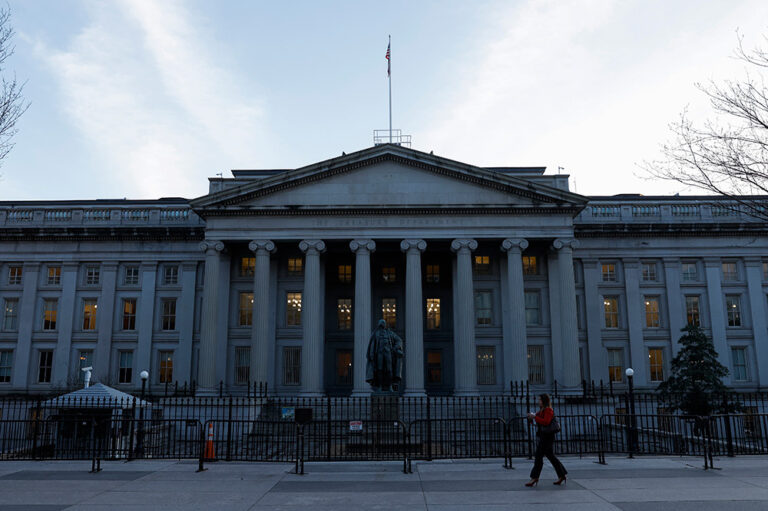New analysis released today from the nonpartisan Congressional Budget Office (CBO) shows deficits doubling and debt skyrocketing under a scenario where the expiring provisions of the Tax Cuts and Jobs Act (TCJA) were made permanent. If interest rates were also higher than projected, a second scenario shows that the United States would incur even worse fiscal damage.
CBO finds that:
- If provisions of the TCJA were made permanent (and there were no other changes to fiscal policy), debt held by the public (DHBP) would reach 214 percent of gross domestic product (GDP) in 2054 — 47 percentage points higher than under the baseline scenario in which the provisions expire as scheduled and well above the level in 2024 of 98 percent of GDP.
- Making those provisions permanent would lead to a near-doubling of the annual deficit relative to GDP — from 6.3 percent this year to 12.3 percent in 2054.
- In addition, if interest rates also increased each year until they were higher than projected by 1 percentage point, DHBP would exceed 250 percent of GDP within 30 years. Macroeconomic feedback effects would further increase interest rates and, therefore, lead to even worse fiscal outcomes. Such findings demonstrate the sensitivity of the nation’s finances to borrowing costs.
As lawmakers consider the expiring tax provisions this year, they should keep in mind the effects on the nation’s unsustainable debt, and follow guiding principles for fiscally responsible tax policy.
Further Reading
Quarterly Treasury Refunding Statement: Borrowing Up Year Over Year
Key highlights from the most recent Quarterly Refunding include an increase in anticipated borrowing of $158 billion compared to the same period in the previous year.
Experts Identify Lessons from History for America Today
A distinguished group of experts to evaluate America’s current fiscal landscape with an historical perspective.
The Fed Reduced the Short-Term Rate Again, but Interest Costs Remain High
High interest rates on U.S. Treasury securities increase the federal government’s borrowing costs.


